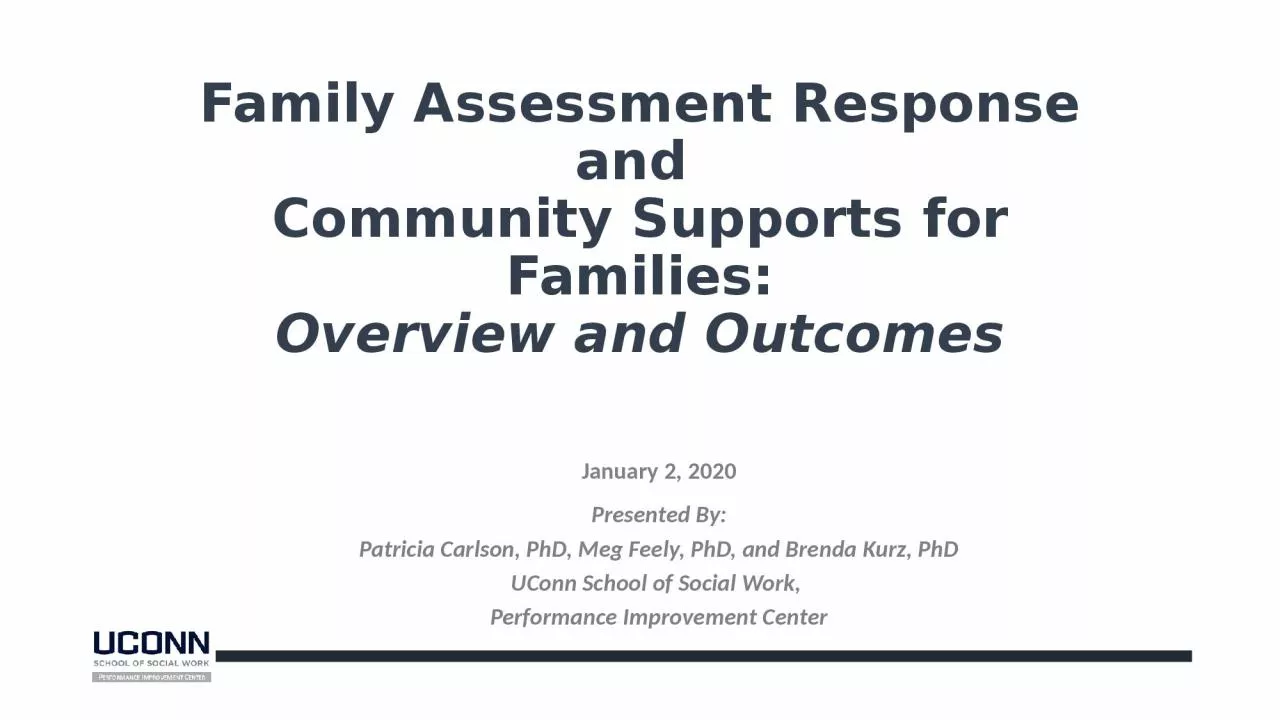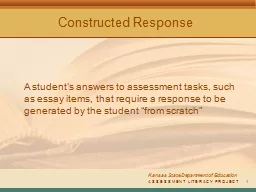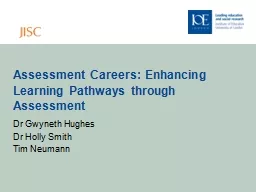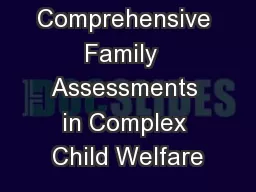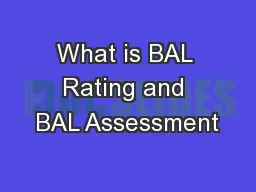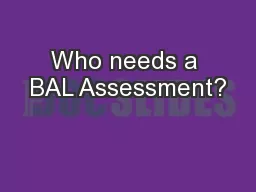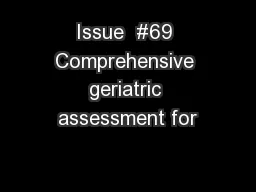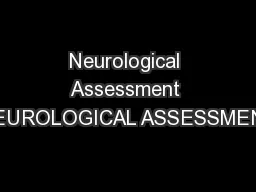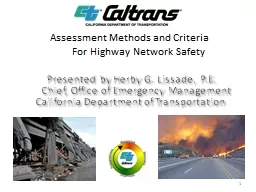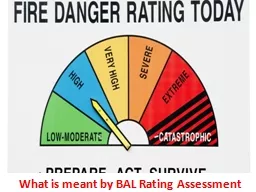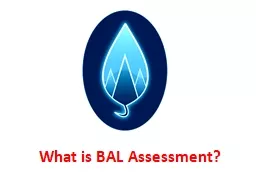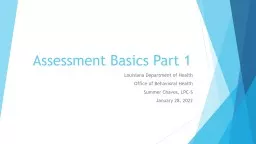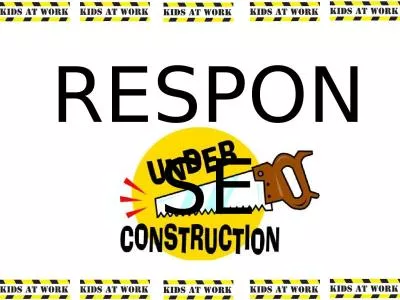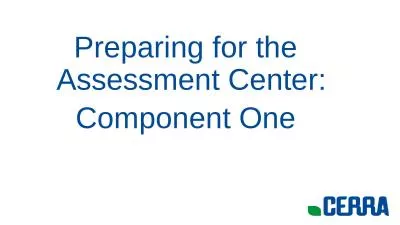PPT-Family Assessment Response and
Author : vivian | Published Date : 2024-03-13
Community Supports for Families Overview and Outcomes January 2 2020 Presented By Patricia Carlson PhD Meg Feely PhD and Brenda Kurz PhD UConn School of Social Work
Presentation Embed Code
Download Presentation
Download Presentation The PPT/PDF document "Family Assessment Response and" is the property of its rightful owner. Permission is granted to download and print the materials on this website for personal, non-commercial use only, and to display it on your personal computer provided you do not modify the materials and that you retain all copyright notices contained in the materials. By downloading content from our website, you accept the terms of this agreement.
Family Assessment Response and: Transcript
Download Rules Of Document
"Family Assessment Response and"The content belongs to its owner. You may download and print it for personal use, without modification, and keep all copyright notices. By downloading, you agree to these terms.
Related Documents

